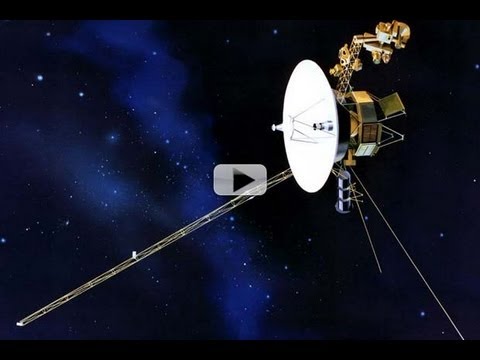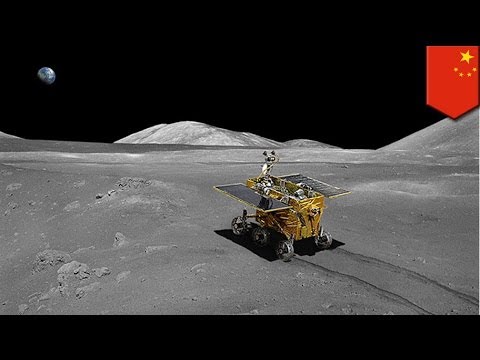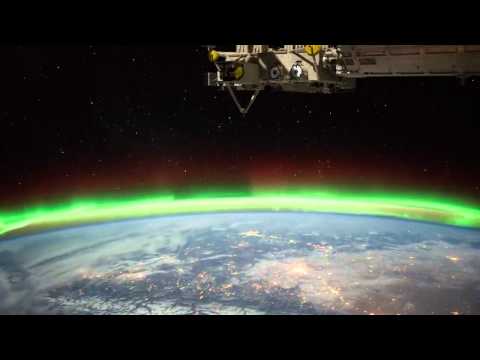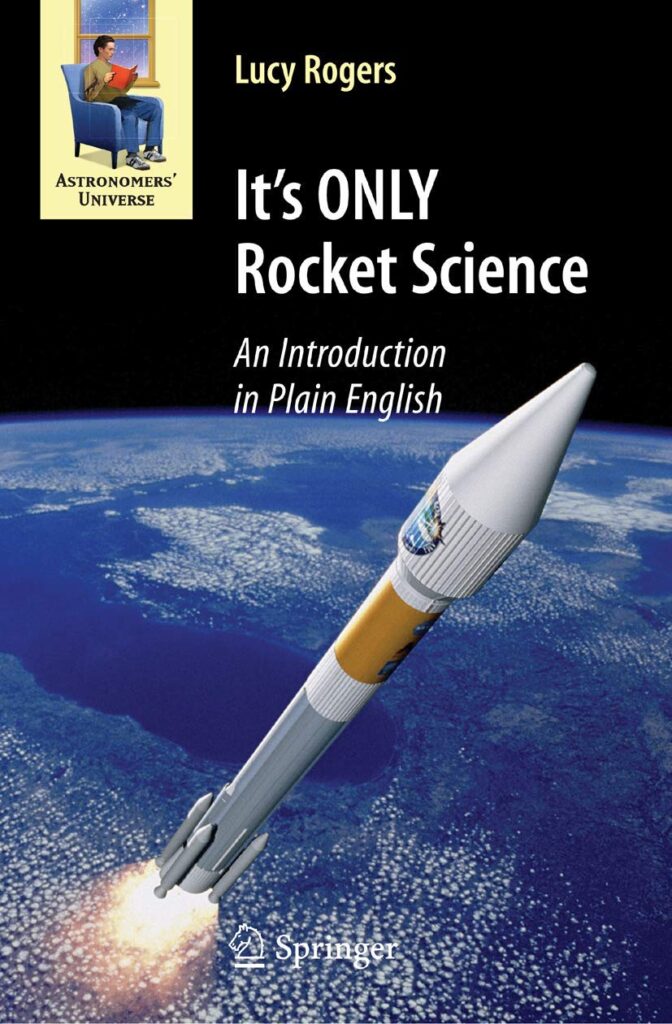What did NASA’s New Horizons discover around Pluto?
In 2015, there was a huge excitement in thespace community. That is because up until then, the best imagewe had of the Pluto system was this. Hubble also squinted its lens at Pluto, butit is so small and distant, the best it couldsee was a few blobs of colour variation. But in 2015, this all changed. That is because after a nine year journey,the New Horizons space probe flew by the dwarfplanet, giving us a detail and fidelity ofPluto and its moons like we had never seenbefore. So the question is, what did the New Horizonsprobe see and discover during its flyby ofthe Pluto system?I’m Alex McColgan, and you’re watchingAstrum. Stick with me in this video and I will showyou all the highlights from the New Horizonsmission to Pluto. Pluto was the last of the traditional 9 planetsto be explored. This was due to its distance from us, butalso because – can you believe this – itwasn’t considered a very interesting celestialobject. Thankfully, the New Horizon’s team pushedhard for this mission to be approved, andin 2006, New Horizons launched as part ofNASA’s New Frontier’s program, for mediumbudget space missions. The goal of the mission was to get to Plutoas soon as possible, and as such, New Horizonswas the fastest launch ever, it being a lightspacecraft on the most powerful rocket ofthe time – the Atlas V. It whizzed pastthe moon in only 9 hours. The Apollo missions took 10 times as long. On its way to Pluto, it used Jupiter as agravity assist which shaved 3 years off thearrival time. It also used Jupiter as a trial run for itssystems, taking some remarkable videos andimages of the planet and its moons. After this successful trial, New Horizonswent into hibernation mode to prevent wearand tear of its instruments. Leading up to its approach in 2015, the teamturned the systems back online, and everyday the spacecraft sent back images of thePluto system. This was an incredibly exciting time for enthusiastsfollowing the story. We began to get hints of what Pluto couldpossibly look like, and saw how differentPluto was from its biggest moon, Charon. Every day, the resolution got higher and higher,and more details could be made out. Yes, there were other scientific goals forthe mission, but the most interesting thingto me was what it looked like. Soon there could be seen what looked to bea heart shape on the dwarf planet!On the 14th July, the New Horizons probe madeits closest approach, at only 12,500 km fromthe surface of Pluto. However, mission controllers didn’t geta look straight away. Firstly, the probe was too busy taking a lotof photos during the flyby to send any backimmediately. Once data transfer commenced, they had todeal with the slow uplink speed of only 1kbit/sec. Further to that, there was a 4. 5 hour latencybetween the spacecraft and the Earth. But what it saw and sent back was spectacular:mountain ranges, ice plains, glaciers andan atmosphere. It also had a good look at some of Pluto’smoons. Let’s go into detail about what it actuallydiscovered during this flyby. One of the first things observed about thePluto is its unusual relationship with itsmoons. For a start, Pluto’s biggest moon, Charon,orbits very closely to Pluto, and is alsovery big in comparison. This means that the barycentre of the twoobjects, or in other words, their centre ofmass, is outside of the primary object. They actually both orbit around a point inspace. Not only that, but both objects are tidallylocked to each other. This means if you stand on one, the otherwon’t move from that point in the sky. This is very unusual because while some moonsare tidally locked to their parent planet,the planet is not also tidally locked to themoon. Charon is very different visually from Plutobeing much darker. This implies they are not from the same origin. The rest of Pluto’s moons are very small,only being a few kms across. Their orbits are exceptionally circular andare all coplanar with Pluto’s orbit. The geology of Pluto is very interesting. The biggest visible feature on Pluto is thisgiant heart shape, which wowed the world whenit first came into view. It has since been named Sputnik Planitia. It is the size of Texas, and it has a strongcolour contrast to the surrounding area. This is because it is a giant ice plain. In fact, during the flyby, it was confirmedthat 98% of Pluto’s surface is comprisedof nitrogen ice. On average, the temperature on the surfaceof Pluto is -229c, which means water ice wouldbe rigid and brittle. On the other hand, nitrogen ices at this temperatureact like water ice on Earth, meaning it canflow as glaciers. This can especially be seen around the edgeof the heart, glaciers flowing into the gapsaround the craters and mountain ranges. The ice plains themselves have giant polygonshapes across the entire area. There also are no craters, which means itmust be a relatively new feature, or a featurethat is being continually renewed. It is perhaps only 10 million years old. The polygonal cells show ridges on them whichare likely caused by sublimation, the processof an ice turning directly into a gas. Although it’s not known for certain, SputnikPlanitia could have formed from an impact,and ices filled the crater in from a potentialsubsurface liquid ocean. This filled in basin actually causes a positivegravitational anomaly. A gravitational anomaly is where the gravityat one point is different from elsewhere onthe object. The ice plain is directly facing away fromCharon, which would align it up with the objects’tidal axis. Due to the short distance between Pluto andCharon, tidal effects are very strong on bothobjects. This could be the reason why Pluto is tidallylocked to Charon and the two objects can’tlook away from each other. Surrounding the ice plains are vast mountainranges made of water ice, which, when viewedfrom the side on, look spectacular. Water ice is the only type of ice detectedon Pluto that would be strong enough to supportheights of several kilometres at this temperature. Among the mountains found on Pluto, theremight also be some which are cryovolcanoes,one of the most likely candidates being WrightMons. It is 4 kms tall, one of the highest peakson Pluto, and a big depression is found inthe centre. Cryovolcanoes could be a contributing factorfor Pluto’s young surface. Another obvious feature of Pluto is the darkmaterial that seems to be sprinkled on thesurface in some areas. The biggest such area is called Cthulhu Macula. It is weirdly reminiscent of a whale in shape,as can be seen in this image. The dark colour is thought to be a depositof tholins, a kind of tar made up of hydrocarbonsthat have interacted with sunlight. Similar deposits can be seen on one of Saturn’smoons, Iapetus, so the process has been seenelsewhere in the solar system. The region on Pluto is much more heavily crateredthan the heart, which implies the surfacethere is much older. Mountain ranges can be seen in the middleof Cthulhu Macula, topped with what is thoughtto be methane ices. Methane apparently condenses as frost at higheraltitudes on Pluto. The last surface feature I will mention hereis this region called Tartarus Dorsa. It is an extensive, highly distinctive setof 500-meter-high mountains that resemblessnakeskin or tree bark. They are thought to be Penitentes. If that is true, Pluto is the only place inour solar system other than Earth where theyhave been observed. Even on Earth they are very rare, but somecan be found in the Atacama desert and otherdry, high altitude regions. The ones on Pluto are much taller and covera much vaster area than on Earth. We can only imagine what they look like closeup. For me, the most impressive discovery thatNew Horizons was able to confirm was thatPluto has an atmosphere. And not only that, but the images are incredible. Due to Pluto’s small size and weak gravity,the atmosphere appears to extend high abovethe surface of Pluto. Earth’s atmosphere, while being much moremassive and dense compared to Pluto, hugsthe planets comparatively tightly as the gravityis a lot stronger. The atmospheric pressure on Pluto is exceptionallylow, however, roughly 10 microbars, or 100,000– 1,000,000 times weaker than the surfacepressure on Earth. It is theorised that the pressure could increaseto as much as 18 to 280 millibars, three timesthe surface pressure on Mars and a quarterof the surface pressure on Earth, if the temperaturewas to rise and the surface ices would sublimeinto gases, the process which we’ve seenin the ice plains. The last time Pluto was thought to have thisatmospheric density was 900,000 years ago. At this pressure and temperature, the conditionscould even be right for liquid nitrogen toform on Pluto’s surface. Some evidence of this might be found here,in what appears to be a frozen over lake. At any rate, within just one year, Pluto’satmospheric density can vary by a factor offour due to seasonal variations. That is a massive contrast compared to othersolar system objects with atmospheres, whichgenerally stay pretty consistent. The atmosphere consists of the same ices foundcondensed on the surface, namely nitrogen,methane, and carbon monoxide. The other fascinating discovery New Horizonsmade about the atmosphere is that it has upto 20 haze layers. Haze layers themselves were not unexpected,but the amount of them was. They can clearly be seen in some of theseimages, acting like layers of a thin kindof fog. Sunlight can be seen streaming through onesuch layer in this photo, the shadows fromthe mountains clearly seen in contrast tothe sunlight shining through the haze. The layers do not appear to be level acrossthe planet. Here you can see this haze layer high abovethe surface, but on this side of the imageit touches the surface. On a side note, to me these are the most breath-takingphotos of Pluto, and I purposefully savedthem until last. You can truly appreciate depth and the scaleof the mountain ranges; Pluto almost seemslike a toy replica due to the extreme topographicalrelief, but these mountains appear so highbecause Pluto is so small, and its gravityis not strong enough to pull them down. This gives for a varied and impressive landscapeand a fitting end to the video. Did you enjoy what you saw today?Watching videos is great, and if you wantto broaden and retain that knowledge, thebest way to do so is to actively grapple withpuzzles and problem solving. That’s why for these last two videos, Astrumhas partnered up with brilliant. org, a websitewhich is a great complement to passively watchingeducational videos. You are likely here because you want to learnmore about Astronomy, and so Brilliant. orgcould be exactly what you are looking forto really challenge your knowledge and helpyou learn more. Brilliant offers many well curated sequencesof problems that help you master all sortsof technical subjects. You all like Astronomy clearly which theyhave a dedicated course for. You might also enjoy their related courseson “Classical Mechanics” and “GravitationalPhysics”. If you go to brilliant. org/Astrum, you cansign up for free to have a sample of theircourses, and by using that link, the first200 people will get 20% off the annual Brilliantpremium subscription. That’s the subscription I’ve been using. Brilliant is a perfect fit for my channelso do check them out. The data New Horizons sent back to Earth willcontinue to be pored over for years to come. New Horizons has a new mission in its sightsthough, a flyby of a small Kuiper Belt Objectknown as 2014 MU69, due to arrive on the 1stJanuary 2019. If you want to find out about this missionand also see the dedicated Pluto video I willmake in the future, please subscribe so youdon’t miss out. Also check out the other videos I’ve madeabout a variety of astronomy topics. Thanks for all your support, and I’ll seeyou next time.













